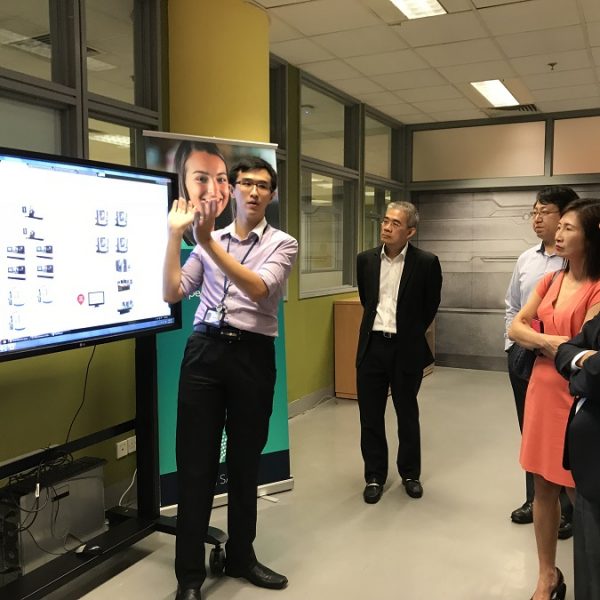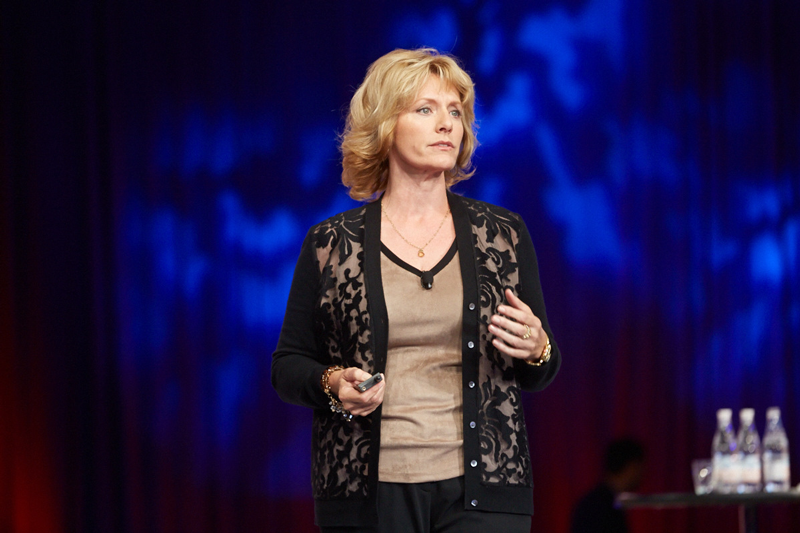Innovation Labs gibt es schon seit einiger Zeit in allen Varianten. Einige gehören zu großen Unternehmen, andere zu Forschungsinstituten. Die RWTH Aachen hat ein solches Innovation Lab, das European 4.0 Transformation Center (E4TC), ins Leben gerufen und sucht Unternehmen, die sich daran beteiligen. Wie genau ein solches Innovation Lab funktioniert,
Tag: Innovation Lab

A future of flying cars and Minority Report-styled predictive dashboards may still be some time away, but the possibilities of robotics and Artificial Intelligence (AI)-powered automation are a reality today. From connected cars to smart homes and offices, we see daily how big data and the Internet of Things (IoT)

Zur Person: Dr. Volker Stümpflen verantwortet als Leiter Data Strategy & Operations bei der Mediengruppe RTL vor allem den Auf- und Ausbau der Data-Science-Aktivitäten sowie die Realisierung und Monetarisierung speziell analysierter Datenmodelle mit Fokus auf Nutzerverhalten und Nutzerbedürfnisse. Er verfügt über große Erfahrungen mit der Vernetzung großer Datenbanksysteme und Applikationen,

“Chiamo Fosbury tutti quei momenti in cui un processo raffinato di perfezionamento di una tecnica, di un gusto, di un’espressione, di un'intelligenza, di un modo di intendere il mondo, si spezza all’improvviso per l’avvento di un talento e di altre sotterranee forze all’opera che, contro ogni logica e sfruttando un passo

There's a lot of talk right now about the Internet of Things and how it's likely the prime catalyst for the digital transformation of organizations over the next few years. Billions of sensors, and devices with sensors, all generating data in a hyper-connected world where it can be easily shared

I’ve had a lot of discussions with business leaders around the discrepancy between big data investment fears and successful use cases. Most of them say that "the quest for the golden use case" takes too much time and is usually not successful in the end. Ultimately, this quest can lead to

What does the future of analytics look like in your organizations enterprise architecture? Does it include thinking about a two speed approach to analytics which includes both: An agile rapidly changing analytics platform for innovation (a lab) seperated from operations and broad enterprise audience usage A slowly moving systematic enterprise analytics platform (a factory)

How is it that some companies can come up with a big idea and implement that idea successfully in the market, while others never get past the idea phase? "In the case of innovation," says Jill Dyché, VP of SAS Best Practices, "big ideas aren't enough." It's also not enough

Do you “buy and build as you go” with your analytics architecture? Most companies do, and have for decades. The result is a heterogeneous environment for analytics with a variety of hardware, software, databases and analytical applications used in silos. There’s tremendous duplication of data and inconsistency in the analytical
Recently I have been out speaking with a number of organizations about the idea of the innovation lab concept , which I discussed in a previous blog post, as the way to unleash the power of big data and make even the largest of companies as agile as a startup. During my






